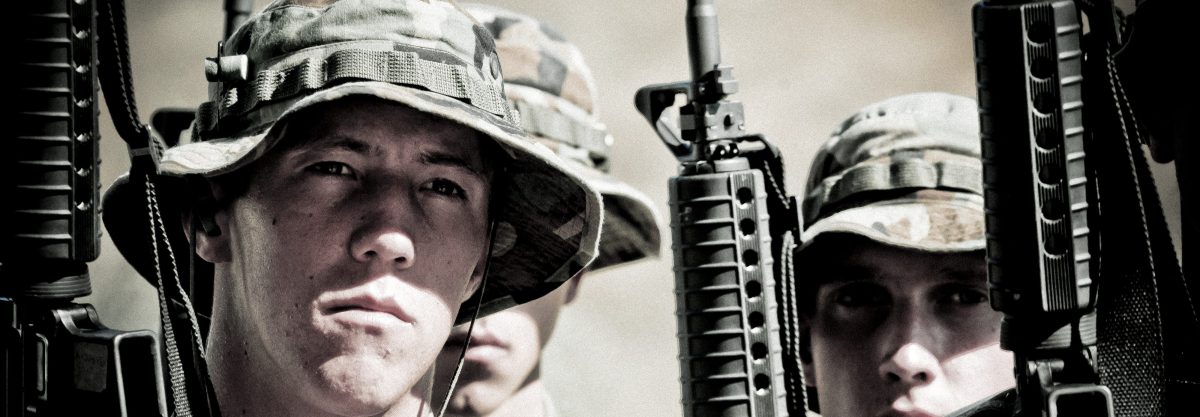If some older movies and video games were to be our guide, every special operations fighter in the U.S. military is some shade of a stoic badass who thinks only of the mission and maybe some more deadlifts later.
Of course, the reality is much different, and a fact sheet released by U.S. Special Operations Command reflects that idea by painting a picture of the “typical” special operator. Less Arnold Schwarzenegger, more guy down the street.
According to USSOCOM’s 2018 Factbook, the “typical” special operator…
– Is 29 years old if enlisted, and 34 if an officer
– Is married and has two kids
– Has eight years experience in general purpose forces before joining a special unit
– Has received cultural and language training in addition to having attended “multiple advanced tactical schools”
– Is a former athlete and likely to have a college degree
– “Enjoys games which require problem-solving like chess”
Some other interesting tidbits from the factbook:
– The U.S. Army has the largest special operations force of the military branches, with approximately 33,000 soldiers spread across units from the Special Forces (popularly known as Green Berets) to Rangers to intelligence and support units.
– The Marines have the smallest special operations force, with “nearly 3,000” operators and support staff.
– When it comes to special ops, the U.S. is joined at the hip with the South Korean military. According to the fact book, American Special Operations Command – Korea (SOCKOR) is the “only theater [Special Operations Command] in which U.S. and host nation [special operations forces] are institutionally organized for combined operations.” “If the armistice fails, SOCKOR and [South Korean special operations forces] will combine to establish the Combined Special Operations Component Command Korea (CSOCC-K) under the Combined Forces Command,” it says.
– Special Operations Command – Pacific (SOCPAC) boasts an “area of focus” that “encompasses half of the earth’s surface.” Its mission is to “provide flexible response to contingencies in the Indo-Asia-Pacific. Integral to this capability is our forward-deployed posture and continuous engagement with partners and ally forces, heightening mutual interoperability and our regional expertise.”
This article appeared in an InsideHook newsletter. Sign up for free to get more on travel, wellness, style, drinking, and culture.





















